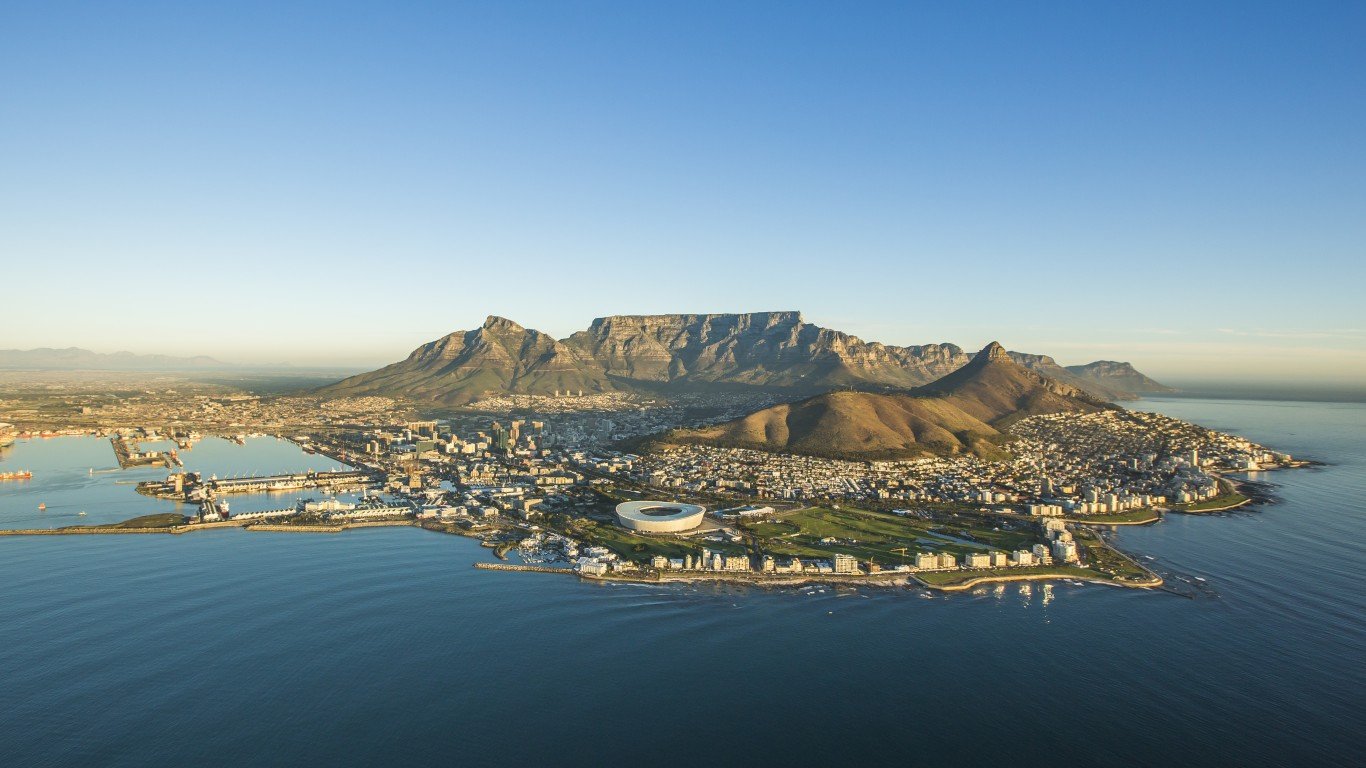
20. Cape Town, South Africa
> Total emissions in 2012: 22.64 million tons of CO2 equivalent
> Transport, industrial, waste, and local power plants: 9.78 million tons of CO2 equivalent — #28 most in study
> Grid-supplied energy produced outside the city boundary: 12.86 million tons of CO2 equivalent — #12 most in study
> Population in 2012: 3.8 million
Climate Scorecard, an international organization that monitors and advocates for greenhouse gas emission reduction, has proclaimed Cape Town as the standard setter for climate mitigation strategies, not just for South Africa, but for the entire African continent. In addition to transportation and waste planning, Cape Town is looking to increase energy efficiency based on distributed energy, whereby power is generated close to where it is used.
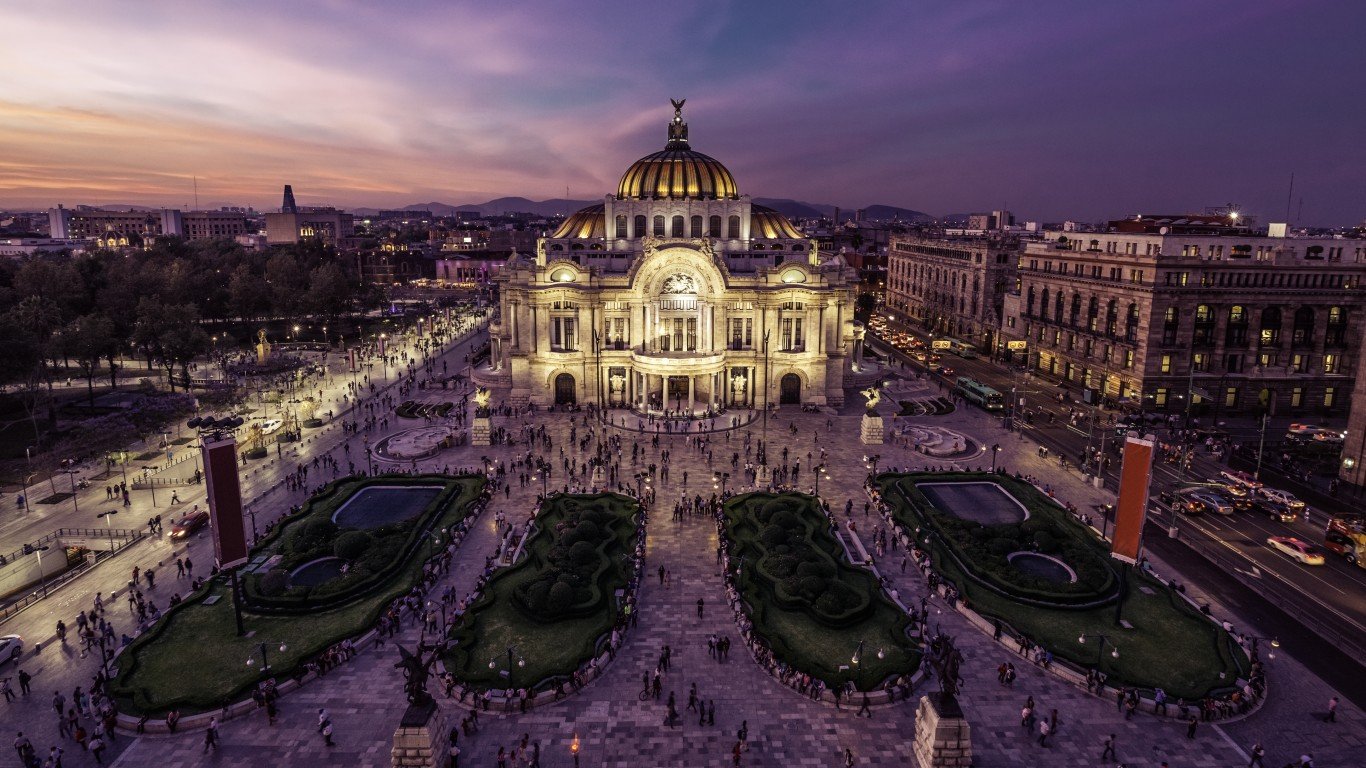
19. Mexico City, Mexico
> Total emissions in 2014: 23.66 million tons of CO2 equivalent
> Transport, industrial, waste, and local power plants: 16.84 million tons of CO2 equivalent — #14 most in study
> Grid-supplied energy produced outside the city boundary: 6.81 million tons of CO2 equivalent — #26 most in study
> Population in 2014: 8.9 million
Although Mexico has been expressing a commitment to combating climate change since at least 2012, it appears to be doing very little. Its CO2 emissions rose by over 74% between 1990 and 2018, and it has failed to publish data on the progress of its efforts. In 2021, the country’s environmental budget was reduced, and a preference for renewables in the energy sector was eliminated.
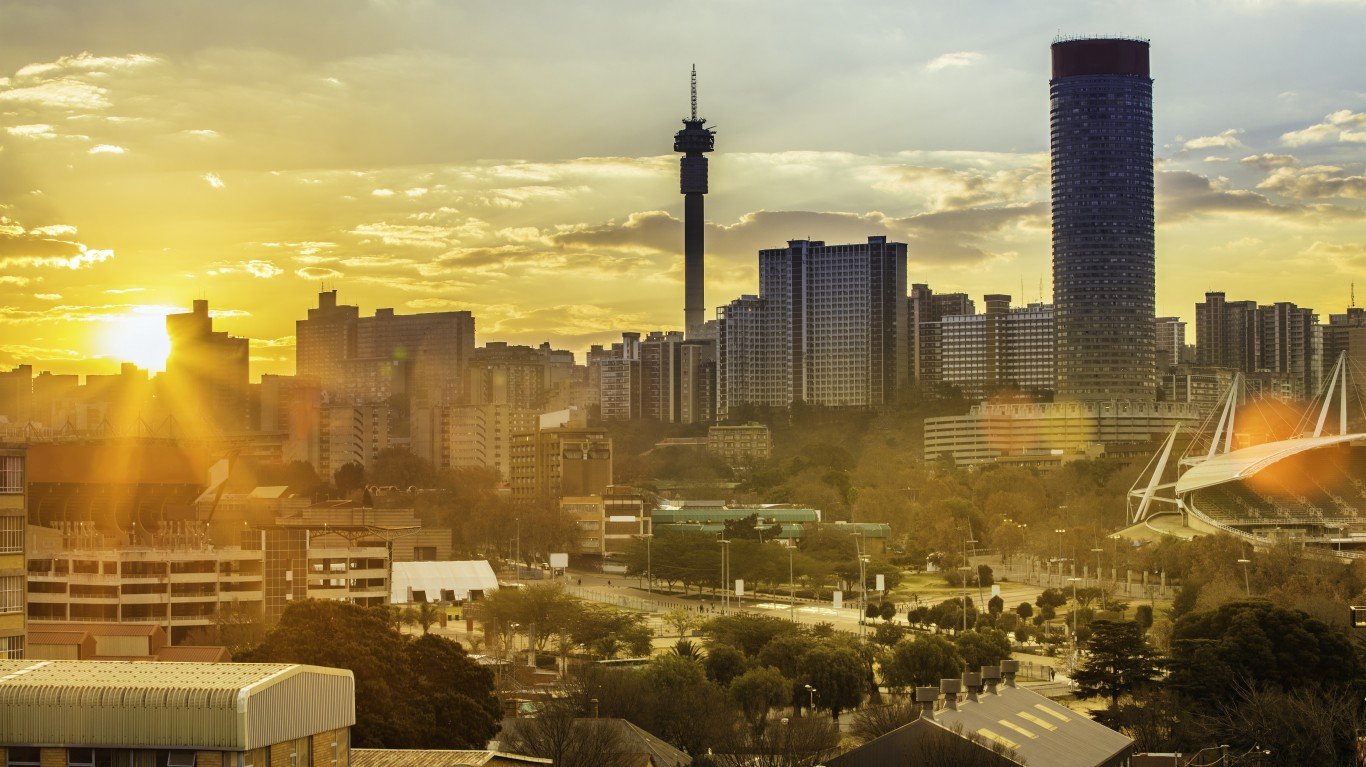
18. Johannesburg, South Africa
> Total emissions in 2014: 24.72 million tons of CO2 equivalent
> Transport, industrial, waste, and local power plants: 9.07 million tons of CO2 equivalent — #31 most in study
> Grid-supplied energy produced outside the city boundary: 15.66 million tons of CO2 equivalent — #5 most in study
> Population in 2014: 4.8 million
South Africa’s biggest climate challenge is its strong reliance on coal as its primary energy source. Progress does not seem to be in the works in any significant way, with the government continuing to support coal mining, offering huge exemptions from its carbon tax, and delaying alternative energy projects.
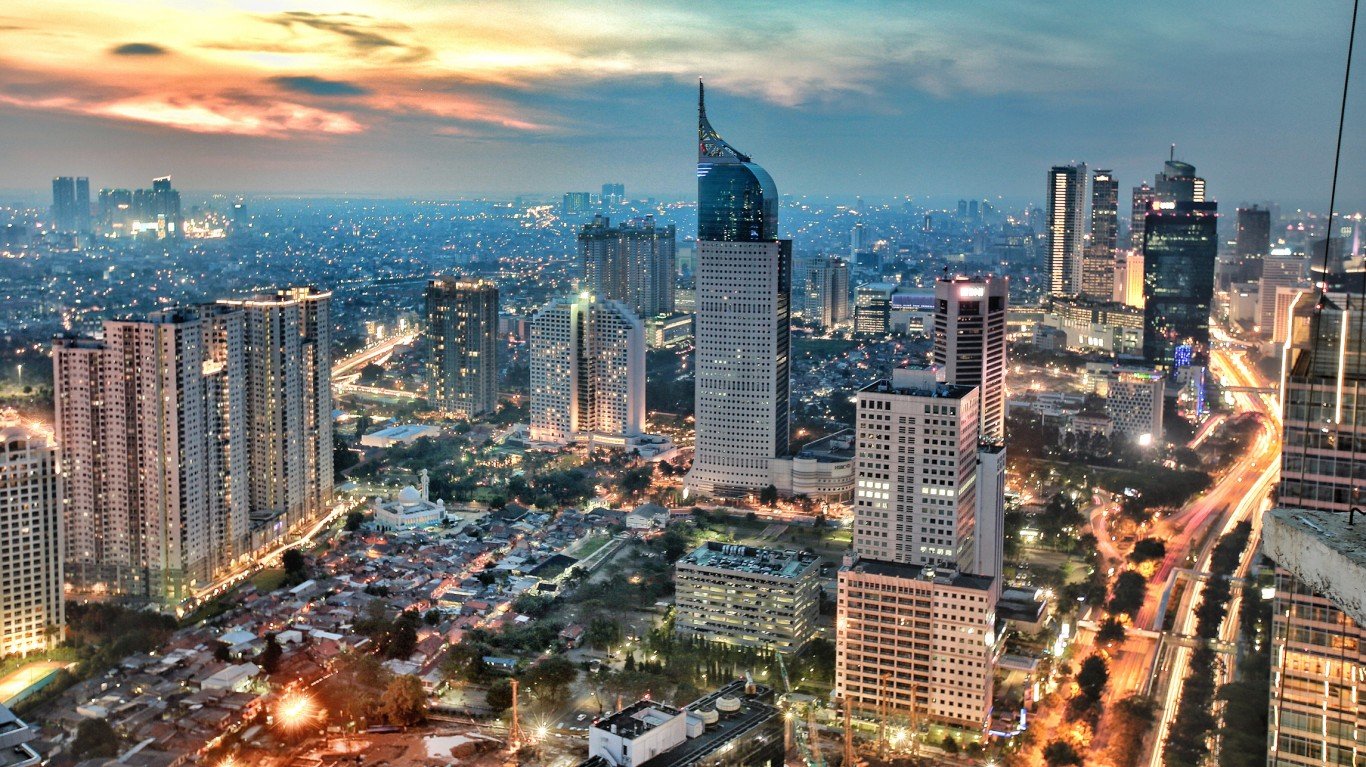
17. Jakarta, Indonesia
> Total emissions in 2014: 27.78 million tons of CO2 equivalent
> Transport, industrial, waste, and local power plants: N/A
> Grid-supplied energy produced outside the city boundary: N/A
> Population in 2014: 10.1 million
Between 2013 and 2018, Indonesia’s CO2 emissions increased by over 300%. And the country did not seem to hear the climate wake up call when 60 people died in floods after a historic rain event in 2018. The island nation is not seriously addressing climate change, though it is threatened by sea level rise, increasingly intense monsoons, and regular flooding.
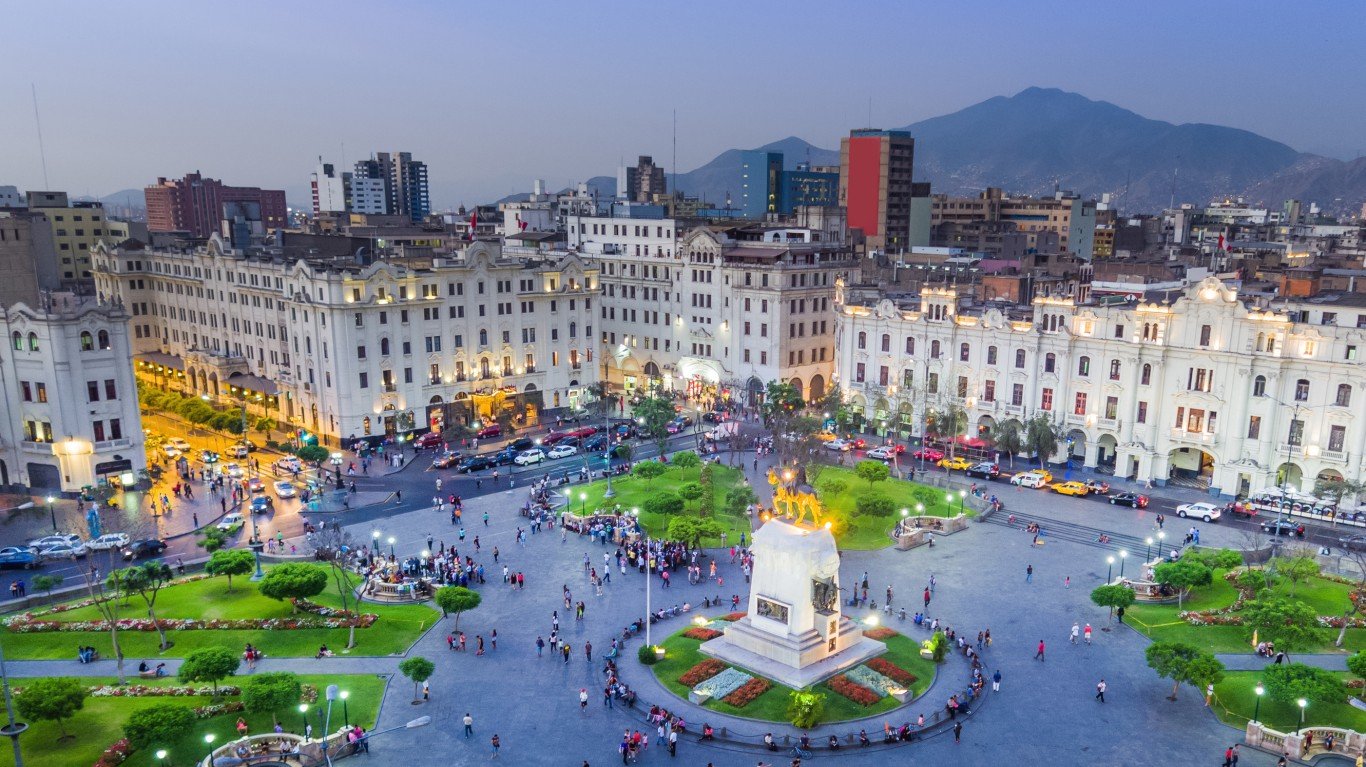
16. Lima, Peru
> Total emissions in 2012: 27.81 million tons of CO2 equivalent
> Transport, industrial, waste, and local power plants: 12.38 million tons of CO2 equivalent — #22 most in study
> Grid-supplied energy produced outside the city boundary: 15.43 million tons of CO2 equivalent — #6 most in study
> Population in 2012: 9.2 million
Peru’s beginning gestures to sustainability are small but provide some encouragement that climate is being addressed. Peru is working with its cities to create bicycle infrastructure and it has made a plan for small business assistance financing to transition from economic help to climate mitigation when the economy improves. It is also accepting climate funding from Switzerland pursuant to a deal whereby Switzerland gets credit for emission reductions.






